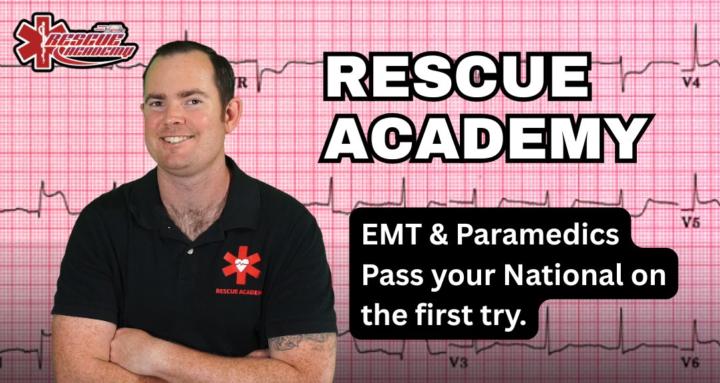9d • Paramedic Talk
Spinal Injury
Your conscious, alert, and oriented adult patient was involved in a motor vehicle accident involving major rear-end impact. He was the restrained driver and is now complaining of the inability to move either of his arms. There are no obvious injuries noted. The patient is able to move both lower extremities but reports weakness and decreased sensation to the interior aspects of both thighs. The patient has diminished but present distal pulses. He only has some touch sensation, and no grips or hand/ arm movement, leading you to determine upper extremity paralysis exists. Which of the spinal injury syndromes is most likely to cause the signs and symptoms described above?
Anterior cord syndrome
Central cord syndrome
Cauda equina
Brown-Sequard syndrome
3
4 comments

skool.com/rescueacademy
Calling ALL future EMTs & Paramedics. Let's PASS the National Registry on the FIRST attempt.
Powered by




